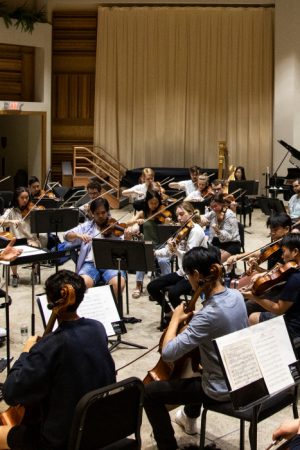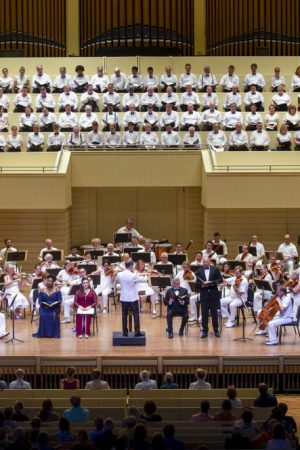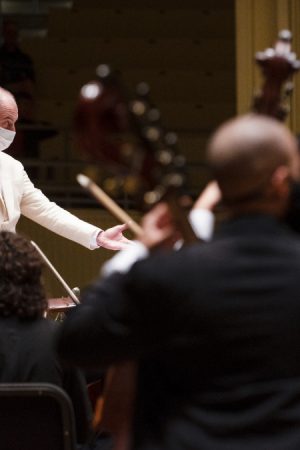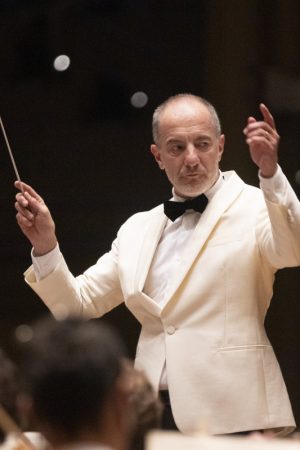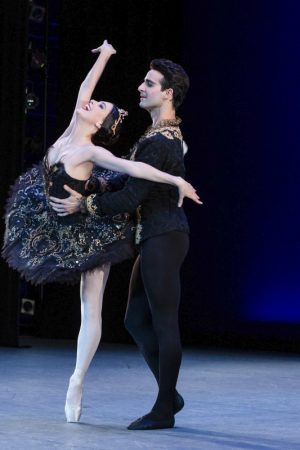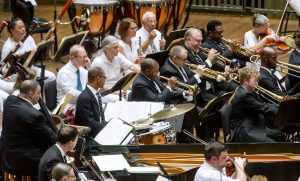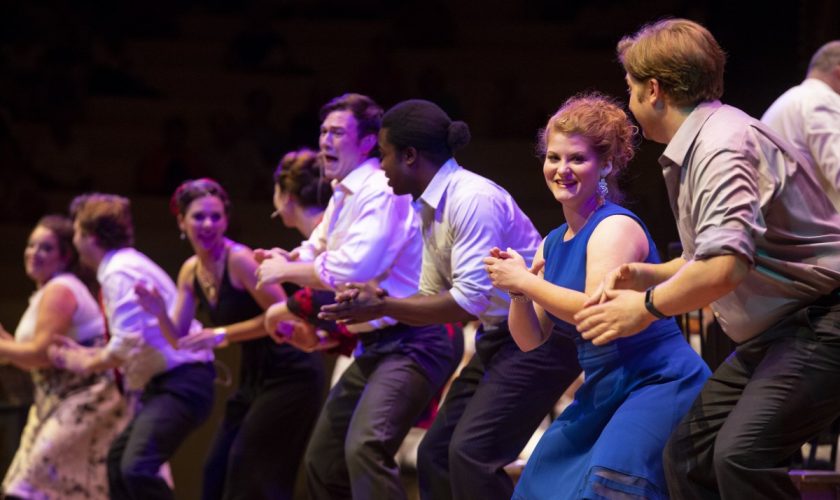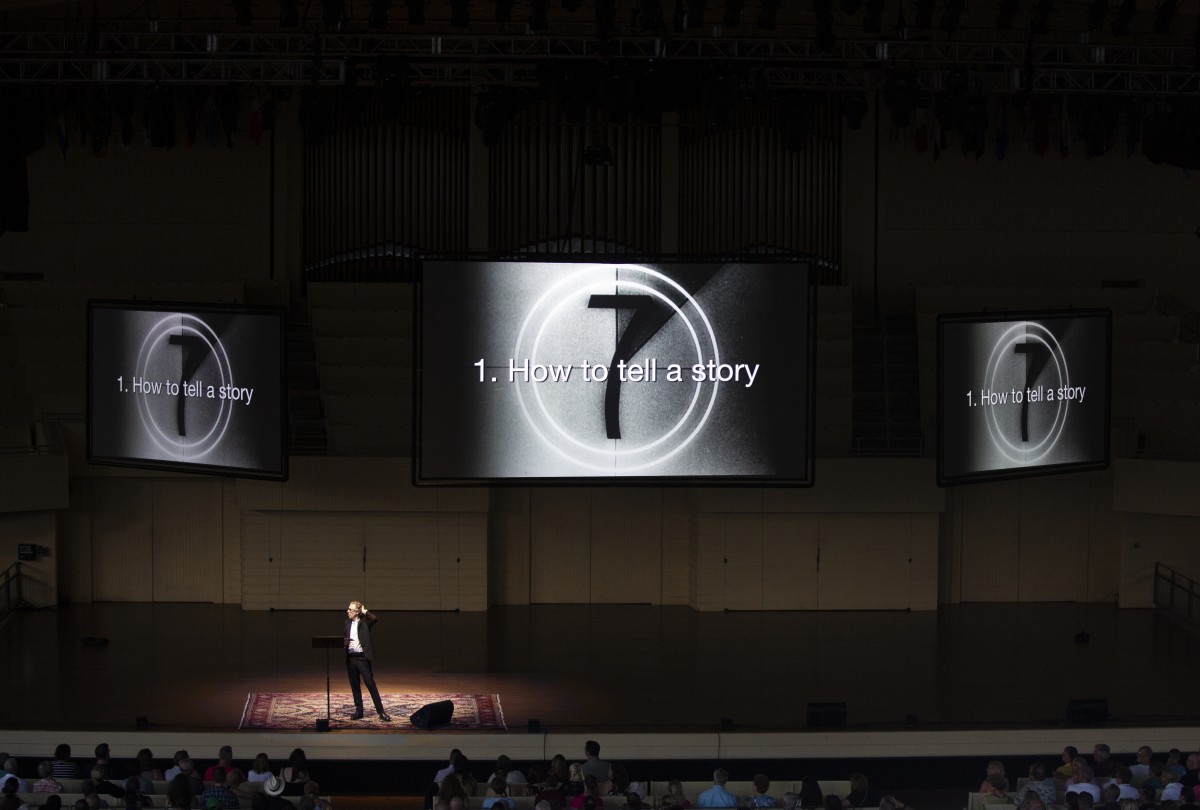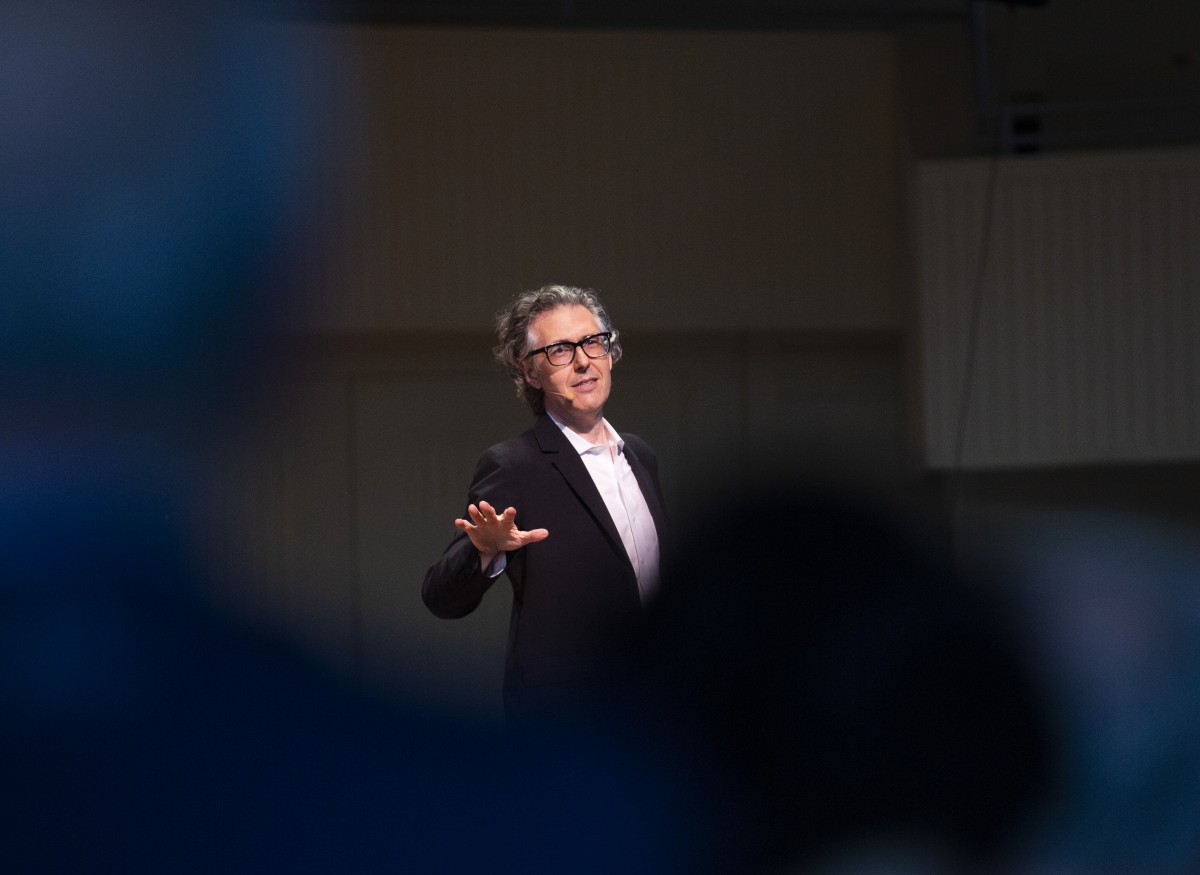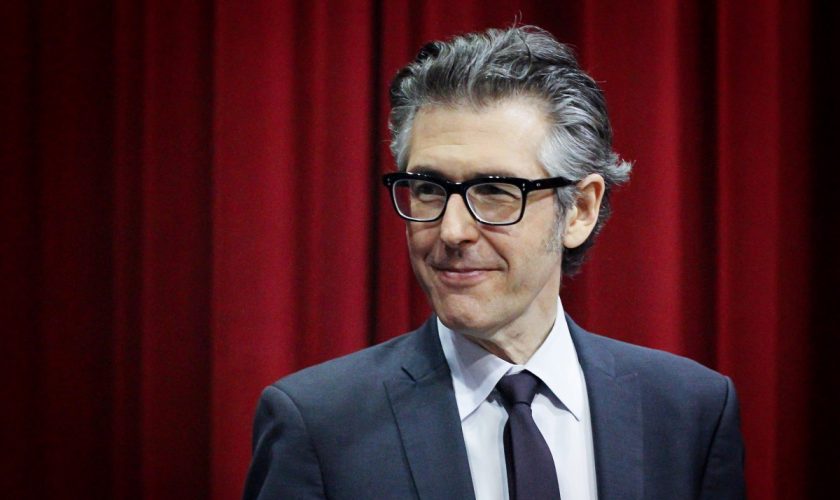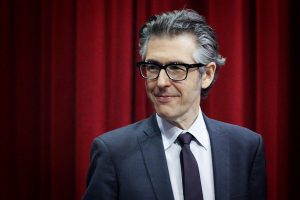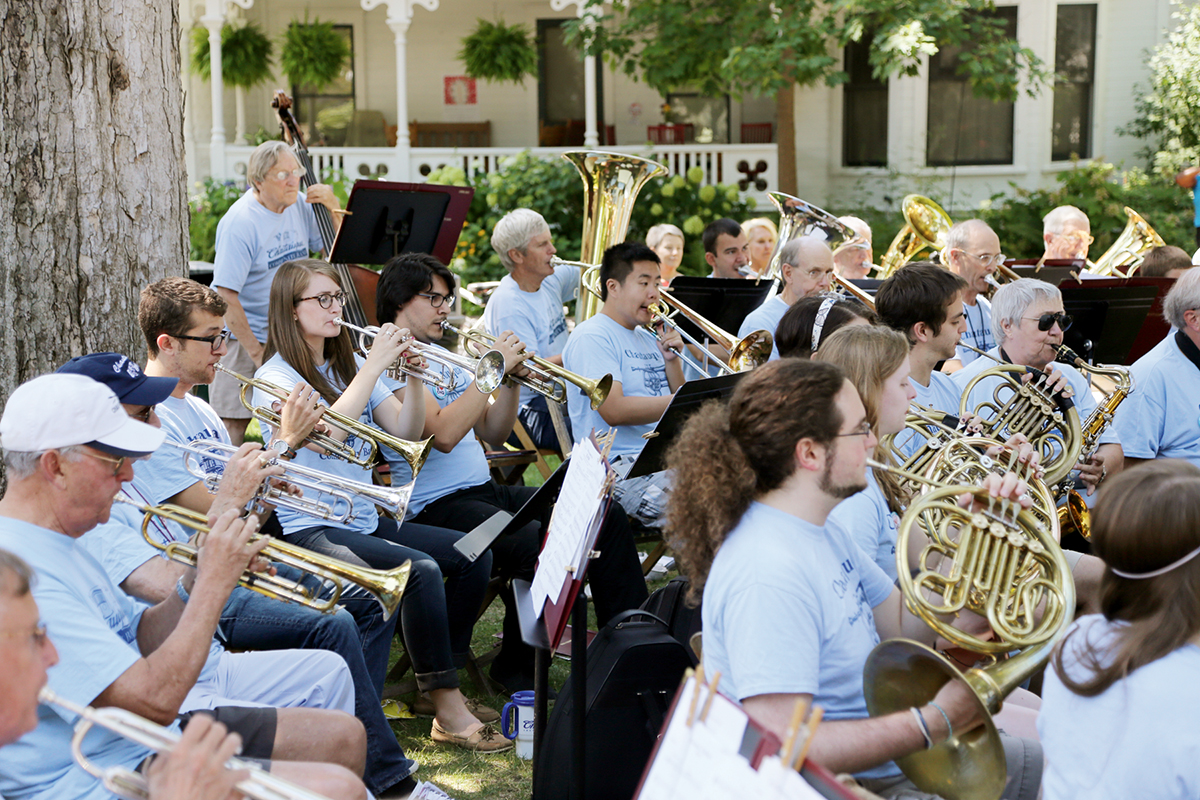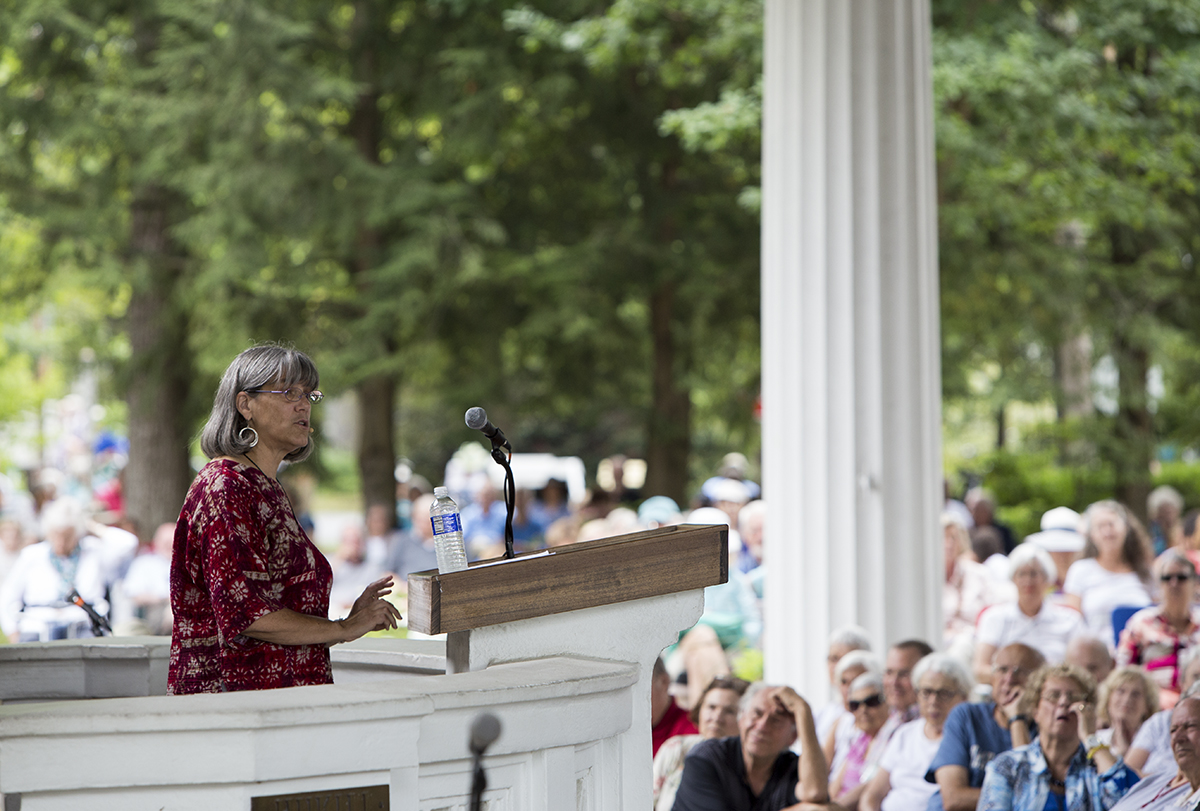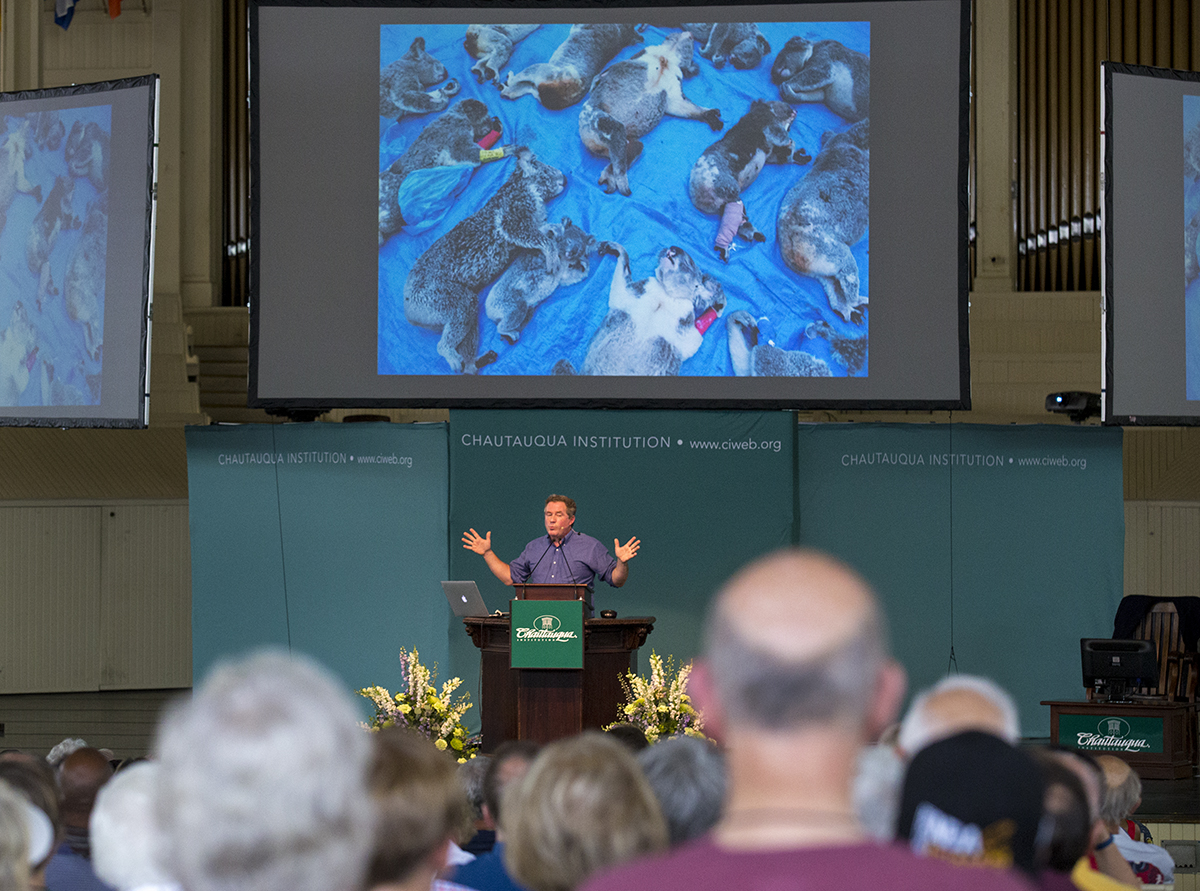
This year has given Ben Folds plenty to sing about.
Folds, American singer-songwriter, recorded his latest single “2020” in Sydney, Australia, where he has been since early March. Folds was in the middle of an Australian orchestral tour when COVID-19 reached the continent.
In just under two-and-a-half minutes, Folds put the events of the year to a tune.
“Don’t it seem like decades ago / Back in 2019 / Back when life was slow,” he sings on the track released on June 25. “We’re just halfway done / 2020, hey are we having fun? / How many years will we try to cram into one?”
Folds, musician, composer and record producer, will perform “An Evening with Ben Folds” at 5 p.m. EDT Friday, July 10, on CHQ Assembly’s Video Platform.
“We seem to be currently reliving and cramming a number of historically tumultuous years into one,” Folds told Rolling Stone. “For a moment it was all about the 1918 pandemic. Then we began seeing hints of the Great Depression before flipping the calendar forward to the Civil Rights protests of the Sixties. Running beneath this is the feeling that we’re in the Cold War, while seeing elements that brought us to the Civil War rearing their head, making us wonder if we’ve learned a damn thing at all.”
Since the release of his first album in 1995, Folds has become the musical Everyman. He has released pop and alternative rock albums with his band, Ben Folds Five, multiple solo albums, a classical piano concerto and collaborations with artists ranging from Regina Spektor to “Weird Al” Yankovic.
He has many roles outside of music, but even within music, he has a band, he tours with other musicians and he’s also one of the most popular performers with orchestras right now. He is just so versatile in everything that he does.”
But wait, there’s more.
He is also an author, photographer, a judge on NBC’s a capella show “The Sing-Off,” the first-ever artistic adviser of the National Symphony Orchestra at the Kennedy Center and an advocate for arts education and music therapy, serving on the distinguished Artist Committee of Americans for the Arts, and as chairman of the national ArtsVote 2020 initiative.
Vice President of Performing and Visual Arts Deborah Sunya Moore gave his versatility the benefit of the doubt, telling Folds he can play “whatever he wants” in his virtual Chautauqua performance.
“I have always been so interested in him because he is such a multifaceted artist,” Moore said. “He has many roles outside of music, but even within music, he has a band, he tours with other musicians and he’s also one of the most popular performers with orchestras right now. He is just so versatile in everything that he does.”
Folds started his orchestral run after the release of his latest album in 2015, So There, which features eight chamber rock songs with the Brooklyn-based orchestra yMusic, as well as Folds’ “Concerto for Piano and Orchestra,” performed by the Nashville Symphony Orchestra. It reached No. 1 on both the Billboard classical and classical crossover charts.
In 2016, Folds told the Aquarian the album was his way of changing his sound without losing his voice.
“If someone becomes famous for something that they do, they have command over that,” Folds said. “Then it comes to writing a classical piece, and they start to imitate Chopin, or they imitate whomever, and they suddenly lose their own voice. I think my audience recognizes that they can hear all my melodies in the piece, so it does have my voice in it.”
After his performance, Moore will host a 20-minute Q-and-A where audience members can submit questions for Folds at www.questions.chq.org, or on Twitter using #CHQ2020.
This program was made possible by The Watters Family.

